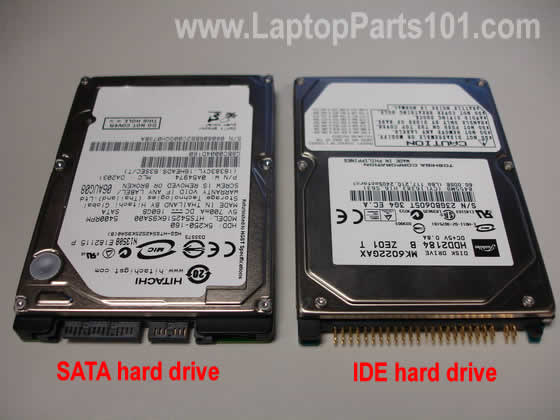- Joined
- May 25, 2009
- Messages
- 6,637
- Thread Author
- #1
Hi
Since I'm in the position of having to restore Windows 8 in order to update to Windows 10 outside the Insider Program I'm thinking about just getting a 250 Gig SSD and restoring my factory computer image file to it.
That will get me to Windows 8 and then I can go through the update process from there back to Windows 10.
I emailed Falcon NW and they made it clear to my that their restore program would format the whole disk, not just the partition that I have set aside for W10.
I have to add that I'm always surprised by the quality and speed of their support.
I emailed them asking about the restore USB that came with my computer, and a couple of hours later they called my on the phone to talk to me about it, not many companies would do that or even reply to my email in a timely manner.
They then sent me step by step instructions about how to do it without losing any data.
They also suggested that I consider adding a SSD instead of restoring to my hard drive, thereby avoiding having to backup everything on my drive ahead of the restore.
Anyway I have no experience with SSDs so anyone have any suggestions as to what brand I buy or any other information I might need before I purchase one?
Mike
Since I'm in the position of having to restore Windows 8 in order to update to Windows 10 outside the Insider Program I'm thinking about just getting a 250 Gig SSD and restoring my factory computer image file to it.
That will get me to Windows 8 and then I can go through the update process from there back to Windows 10.
I emailed Falcon NW and they made it clear to my that their restore program would format the whole disk, not just the partition that I have set aside for W10.
I have to add that I'm always surprised by the quality and speed of their support.
I emailed them asking about the restore USB that came with my computer, and a couple of hours later they called my on the phone to talk to me about it, not many companies would do that or even reply to my email in a timely manner.
They then sent me step by step instructions about how to do it without losing any data.
They also suggested that I consider adding a SSD instead of restoring to my hard drive, thereby avoiding having to backup everything on my drive ahead of the restore.
Anyway I have no experience with SSDs so anyone have any suggestions as to what brand I buy or any other information I might need before I purchase one?
Mike

